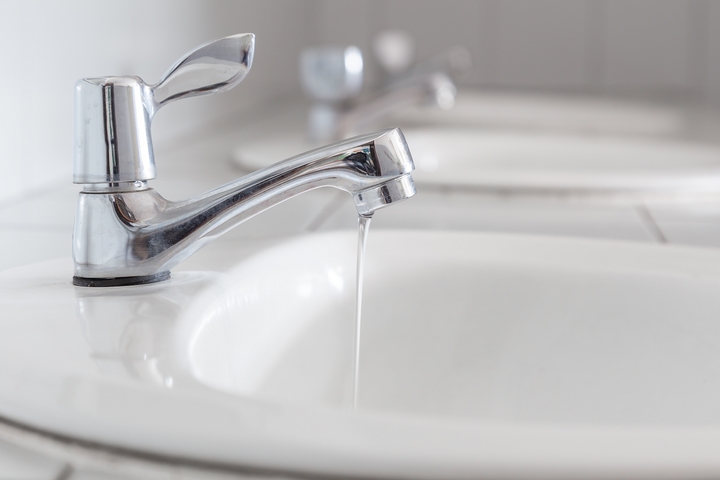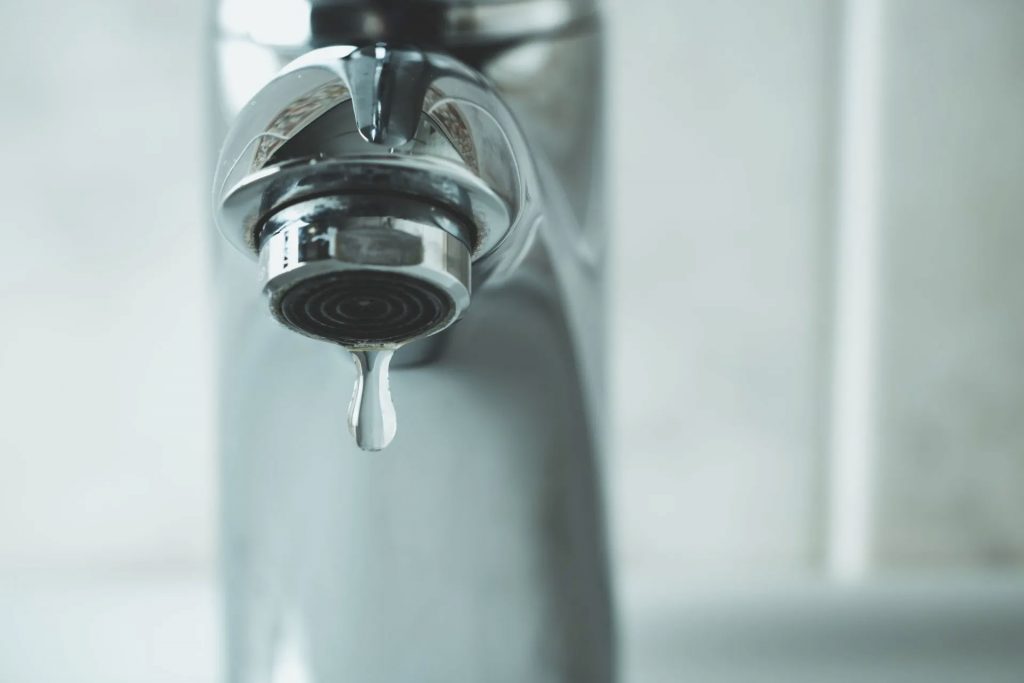Verified Methods for Solving Low Water Pressure in Your Home
Verified Methods for Solving Low Water Pressure in Your Home
Blog Article
Everyone may have their unique assumption in relation to Low Water Pressure in the House?.

Low tide pressure in your home can be a frustrating trouble, impacting everything from showering to cleaning recipes. If you're experiencing weak water flow, there are a number of possible reasons and services to discover. In this guide, we'll review common reasons for low water stress and useful actions to resolve the concern effectively.
Introduction to Low Water Stress
Low water pressure happens when the circulation of water from your faucets, showers, and other fixtures is weaker than usual. This can make day-to-day jobs extra challenging and less efficient. Comprehending the reasons for low tide stress is vital to locating the best remedy.
Usual Root Causes Of Low Tide Pressure
Pipeline Obstructions
Over time, pipes can come to be clogged with natural resource, debris, or particles, limiting the circulation of water. This is a typical concern in older homes with galvanized steel pipes.
Corrosion
Deterioration within pipelines can cause leaks and decreased water stress. Rust build-up can tighten water flow, especially in maturing plumbing systems.
Faulty Stress Regulatory Authorities
Stress regulators are in charge of keeping regular water stress in your home. If they malfunction, it can result in low tide pressure or irregular flow throughout your home.
Community Water Supply Issues
In some cases, the trouble lies outside your home. Local water problems, such as main line leaks or upkeep work, can temporarily decrease water stress in your location.
Just How to Detect Low Water Stress
Checking Taps and Fixtures
Begin by evaluating the water pressure at different faucets and components throughout your home. If the problem is separated to specific areas, it might suggest local problems.
Examining Pipelines
Inspect visible pipelines for indications of leaks, rust, or clogs. Pay attention to any kind of unusual noises, such as knocking or rattling pipes, which can indicate problems within the plumbing system.
Consulting with a Plumber
If you're not able to identify the source of low tide pressure, take into consideration employing a specialist plumber to conduct an extensive examination. They can recognize underlying concerns and recommend suitable solutions.
DIY Solutions to Repair Low Tide Pressure
Cleaning Up Aerators and Showerheads
Natural resources can build up in aerators and showerheads, minimizing water circulation. Eliminate and clean these components routinely to boost water pressure.
Flushing Water Heater
Sediment accumulation in the hot water heater can limit circulation and reduce performance. Flushing the storage tank regularly helps eliminate debris and maintain optimal efficiency.
Examining Pressure Regulator
Make certain that the pressure regulatory authority is operating appropriately. Changing or changing the regulatory authority can assist restore correct water pressure throughout your home.
Clearing Clogs in Pipes
For minor clogs, try making use of a plumbing snake or chemical drain cleaner to clear blockages in pipelines. Beware when using chemicals and follow safety and security guidelines.
When to Call a Professional Plumber
If do it yourself efforts fall short to settle the problem or if you believe significant plumbing troubles, it's finest to seek help from an accredited plumber. They have the competence and tools to attend to complex concerns safely and efficiently.
Safety Nets to Preserve Water Pressure
Regular Maintenance
Schedule routine upkeep for your plumbing system to prevent problems such as rust, leakages, and blockages. Addressing small issues early can help stay clear of more substantial fixings later on.
Mounting a Pressure Booster
Think about installing a stress booster pump to boost water pressure in areas with constantly low flow. This can be particularly helpful for multi-story homes or properties with high-demand components.
Monitoring Water Usage
Be mindful of water use habits and prevent overtaxing the plumbing system. Simple changes, such as incredible showers and washing loads, can aid keep ample water pressure.
Verdict
Dealing with low tide stress can be aggravating, however identifying the underlying reasons and implementing ideal remedies can bring back optimal flow throughout your home. Whether it's cleaning up aerators, evaluating pipelines, or consulting with a plumber, taking proactive actions can make sure a steady supply of water for your everyday demands.
FOUR WAYS TO FIX LOW WATER PRESSURE NOW
Turning on a shower or faucet only to find the water comes out in a sad, slow drizzle is never a good feeling. How exactly are you supposed to wash a pan or take a quick shower when it takes 10 minutes just to rinse off a little soap? The good news is that when your water pressure is bad, there's always a cause: typically one that can be easily fixed. Here are some of the most common causes of low pressure and what you can do to fix the issue:
DEBRIS AND MINERAL DEPOSIT BUILDUPS
If you notice low water pressure from just one or two of the fixtures in your house, the problem likely has to do with debris buildup. Water is full of minerals and other debris, all of which can accumulate in your pipes and on your fixtures. This can cause a blockage that affects how much water flows through. To fix this, try filling a small plastic bag with white vinegar, and use a rubber band to hang it around your showerhead or faucet. Let the head of the fixture soak for a few hours, and the vinegar should loosen the deposits.
WATER LEAKS
Leaks are another common cause of low water pressure. If water is flowing out of your plumbing through a hole or crack before it can reach your fixture, the pressure coming out of the faucet or showerhead will be lower. A plumbing professional is your best bet for finding and repairing a leak in your water supply pipes.
Leaks are another common cause of low water pressure. If water is flowing out of your plumbing through a hole or crack before it can reach your fixture, the pressure coming out of the faucet or showerhead will be lower. A plumbing professional is your best bet for finding and repairing a leak in your water supply pipes.
FOUR WAYS TO FIX LOW WATER PRESSURE NOW
Turning on a shower or faucet only to find the water comes out in a sad, slow drizzle is never a good feeling. How exactly are you supposed to wash a pan or take a quick shower when it takes 10 minutes just to rinse off a little soap? The good news is that when your water pressure is bad, there's always a cause: typically one that can be easily fixed. Here are some of the most common causes of low pressure and what you can do to fix the issue:
DEBRIS AND MINERAL DEPOSIT BUILDUPS
If you notice low water pressure from just one or two of the fixtures in your house, the problem likely has to do with debris buildup. Water is full of minerals and other debris, all of which can accumulate in your pipes and on your fixtures. This can cause a blockage that affects how much water flows through. To fix this, try filling a small plastic bag with white vinegar, and use a rubber band to hang it around your showerhead or faucet. Let the head of the fixture soak for a few hours, and the vinegar should loosen the deposits.
WATER LEAKS
Leaks are another common cause of low water pressure. If water is flowing out of your plumbing through a hole or crack before it can reach your fixture, the pressure coming out of the faucet or showerhead will be lower. A plumbing professional is your best bet for finding and repairing a leak in your water supply pipes.
Leaks are another common cause of low water pressure. If water is flowing out of your plumbing through a hole or crack before it can reach your fixture, the pressure coming out of the faucet or showerhead will be lower. A plumbing professional is your best bet for finding and repairing a leak in your water supply pipes.
A VALVE ISSUE
If you have low water pressure throughout your home, check your main shut-off valve to make sure it's completely open. You may also want to see if there's a pressure-reducing valve installed. If there is, have a plumber help you adjust the settings to get the pressure you're looking for.
OTHERS USING WATER
Believe it or not, your low water pressure could be caused by your neighbors. If you notice low pressure at certain times of day, it may be because you and the people living next to you have similar schedules - when everyone is showering at the same time, the pressure will be lower in every home. Low pressure throughout the neighborhood may also be caused by an issue with your municipal water supply. If that's the case, call the supplier to see if they're working on the issue.
https://www.rotorooter.com/blog/water-leaking/low-water-pressure-fixes/

I'm just very fascinated with 9 Reasons for Low Water Pressure in Your House and I hope you liked our blog post. Sharing is caring. Helping others is fun. Thanks for going through it.
Call Today Report this page